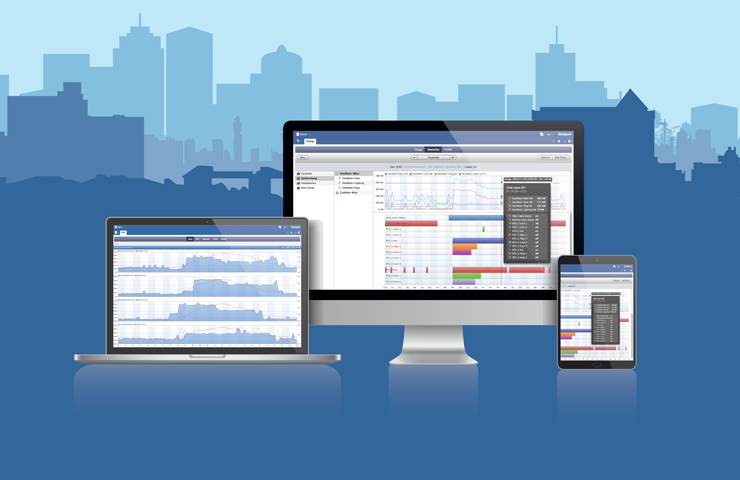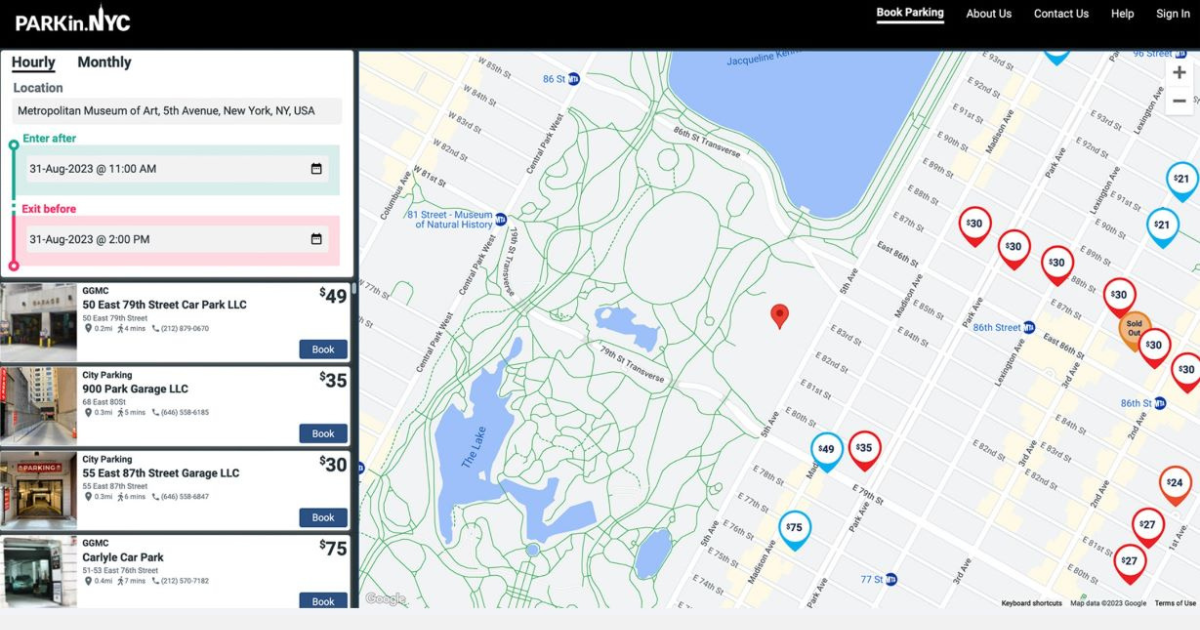It All Starts with Exploration: Rethinking the Approach to Data Analytics in Facilities

Lewis and Clark, the great American explorers of the early 1800s didn’t know what they would find on their journey West across the Louisiana Purchase to the Pacific, but there was enough belief in the potential value that the exploration was funded and undertaken.
Similarly, embarking on a project that applies data analytics to facility and equipment system data should be viewed as a process of exploration, very different from other investments commonly made by real estate professionals.
We tend to look at anything we do in the built environment as an engineering project – something that can be pre-defined down to the finest detail, and if executed correctly, will provide us with a known end result. For example, we design and construct a building, we design and install an HVAC system, or engineer the details of an equipment upgrade project. All these things can, and should, be ‘engineered’ in detail. We wouldn’t break ground to build a new facility without having completed the detailed engineering work to ensure success.
It seems logical to apply the same thought process to pre-design every facet of a data analytics project. However, applying analytics to building system data is very different than other investments, and requires owners to look at these projects in a new way.
Difference 1: The End Result is Unknown
Perhaps the biggest difference is that you don’t know the end result at the project proposal phase; until you acquire the data and apply analytics you don’t know what your data can tell you. That’s what analytics does – identify issues, faults, deviations, trends and opportunities for savings, efficiencies and improved performance. Accordingly, you can’t determine what actions you will take in response, and what benefits will ensue.
This reality makes it hard for organizations to evaluate and gain approval using the same project justification and approval processes used for other investments. A different approach is required.
Difference 2: My Data May be Different than Yours
Equally important: the highly variable nature of the data facility owners and operators have at their disposal. Not all building systems have the same capability to provide data. Some are limited due to the age and feature set of their systems; others may be limited by proprietary restrictions, which often come as a surprise to owners when they attempt to get data they thought they had access to. Often, owners and operators are not fully aware of the data they have available and the challenges in accessing it until they start an analytics project. That is in fact, part of the exploration process.
Defining Project Scope – What Are We Trying to Do with Our Data?
Analytic software is a tool that can be used in many ways – from simple to sophisticated. For example, we could simply start by applying analytics to interval meter data from a main electric meter to identify load curves, demand peaks and compare these profiles and performance to similar buildings. Or, we could acquire data from all environmental systems by connecting to a Building Automation System and perform Fault Detection & Diagnosis (FDD) on all equipment systems. Both approaches would have value and enable different insights into facility operation and performance.
How Organizations Can Deal with the Uncertainty
With the inherent uncertainties, it’s logical that organizations may not be comfortable taking a leap of faith to fund a large-scale deployment as a first step. The good news is that they do not have to. In fact, a cautious start is recommended. Start with a small, well defined project that focuses on easily accessible data. If you are unsure of the benefits, don’t try to engage in a science project or boil the ocean. Prove the value of analytics with a manageable project. Look for easily available data and explore the value that data can produce.
Using this approach will also highlight the challenges of accessing equipment data, demonstrate the results available, and create processes to drive actions in accordance with your capabilities. It enables a financial benefit with low risk within a short timeframe. You will then be ready to move on to expand and extend the use of analytics. As you progress, you will be better able to ‘engineer’ the next phase of your project.
Even with the inherent uncertainty, there are ways to structure projects to minimize risk and validate investments. Some include:
- Look for proof in the market – success stories and case studies abound. Analytics have been applied across thousands of buildings and millions of square feet.
- Engage with owners and operators of similar facilities about their experiences. Don’t stop when you hear a single good – or bad – story.
- Start small to prove results – do an exploratory project.
- Plan organizational involvement. Analytics only save money if you act on the findings. For example, if you had 20 problems with your systems today, how would you respond with triage, assessment, funds to address the issues?
One of the most striking things we have seen is how the uncertainty can lead to decision paralysis, where organizations delay doing anything and thereby forego the financial benefits their operational data can provide. While understandable, an over-focus on attempting to pre-engineer a perfect end result can prevent owners from moving forward with steps that can result in fast and significant financial return.
Simply accept the reality that moving forward with data analytics is an exploratory process. Initial results will identify specific actions to be taken. Those actions will be amenable to the type of engineering detail applicable to more conventional facilities projects such as system repair or replacement, modification of control sequences and the like. But to get there we need to explore our data first.
Analytics Is a Journey
Another important factor is that achieving benefits requires action to address findings. It should not be viewed as an ‘install it and forget it’ investment. Buildings change, equipment systems degrade, old issues reoccur, new issues appear, in short, buildings are dynamic and ‘stuff happens’.
Ongoing analytics of building systems catches deficiencies and faults to inform operators how their systems are really performing – not how they hope they are performing. Operators have actionable information needed to continuously manage assets and reduce operating costs; but there must be a plan to react to findings.
Conclusion
You wouldn’t build a new building without fully engineering all the details of the design and construction. Constructing buildings is a well-known and understood practice based on scientific principles.
Using data to gain insight into building system operation and performance, however, requires a willingness to assess, evaluate and fund projects that start with an exploration of data to identify the value it contains. The right evaluation processes and metrics need to be applied for organizations to make analytics a part of their facility management processes.
Data analytics, AI, machine learning and more are just one of the few topics that will be presented at Realcomm | IBcon 2018 which will be held on June 6-7 (June 5: Precon) at The Cosmopolitan of Las Vegas. Register today!
This Week’s Sponsor
ESD is a leader in Improving Society Through the Built Environment. It creates solutions that produce economic, environmental and experiential benefits for its clients, many of whom are the biggest names in the worlds of business, technology — and beyond. The company is in the forefront of developing Intelligent Buildings. For more information, please visit
Read Next
 3/27/2025
3/27/2025
The Convergence of Edge Computing, Cloud, and AI in Building Automation and Smart Buildings In the built environment, we have seen the convergence of Operational Technology (OT) and Information Technology (IT), later expanding to include Workplace Technologies (WP).
 3/27/2025
3/27/2025
DC Power: A Holistic Approach to Energy Savings in Commercial Buildings In today's energy-conscious world, businesses constantly seek ways to reduce their carbon footprint and operational costs.
 3/13/2025
3/13/2025
How to Achieve Eco-Friendly Facility Management Commercial real estate operators and facility managers are focusing on sustainable practices to minimize environmental impact, create healthier workplaces, improve productivity and lower operational costs.
 1/23/2025
1/23/2025
When It Comes To Managing Properties’ Parking, Technology Is Key It’s easy for developers and real estate owners to think of parking as a necessary evil. They know they have to provide it (often, because it’s mandated by code), they understand that prospective tenants and buyers expect to be provided parking, but they haven’t figured out how to maximize its value.






%20(1)%20(1)%20(1).png)




